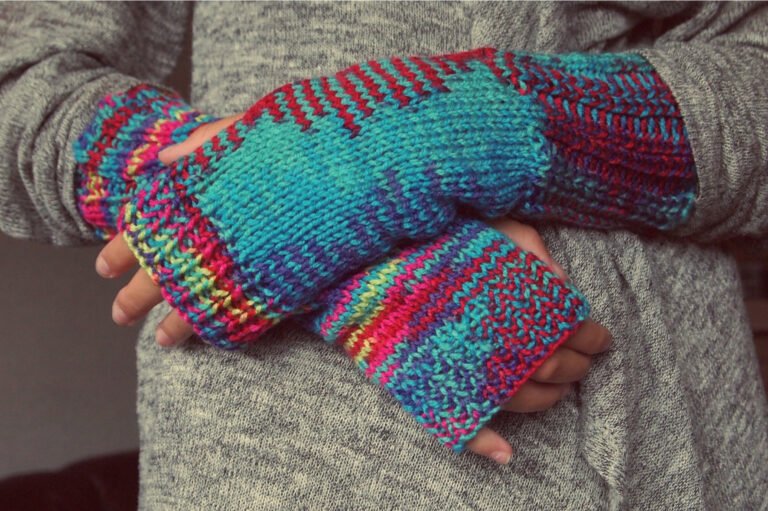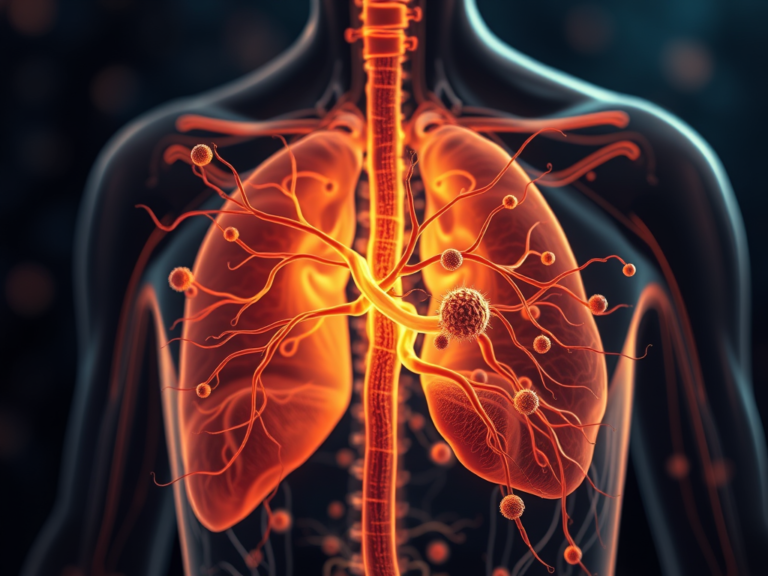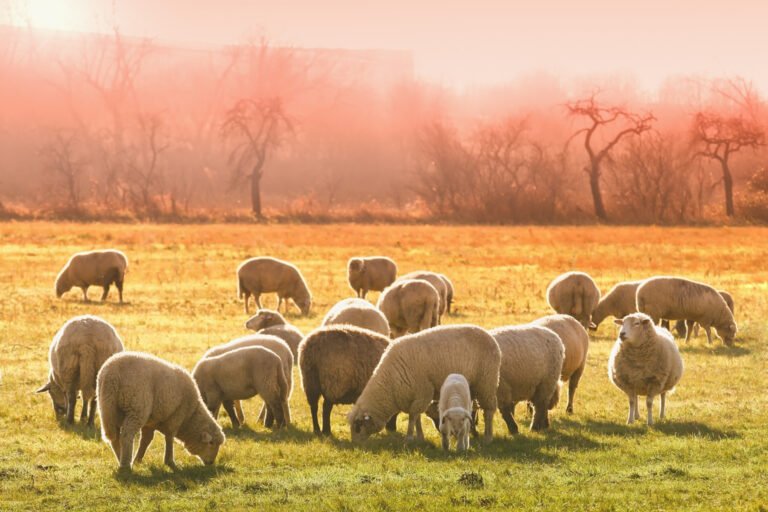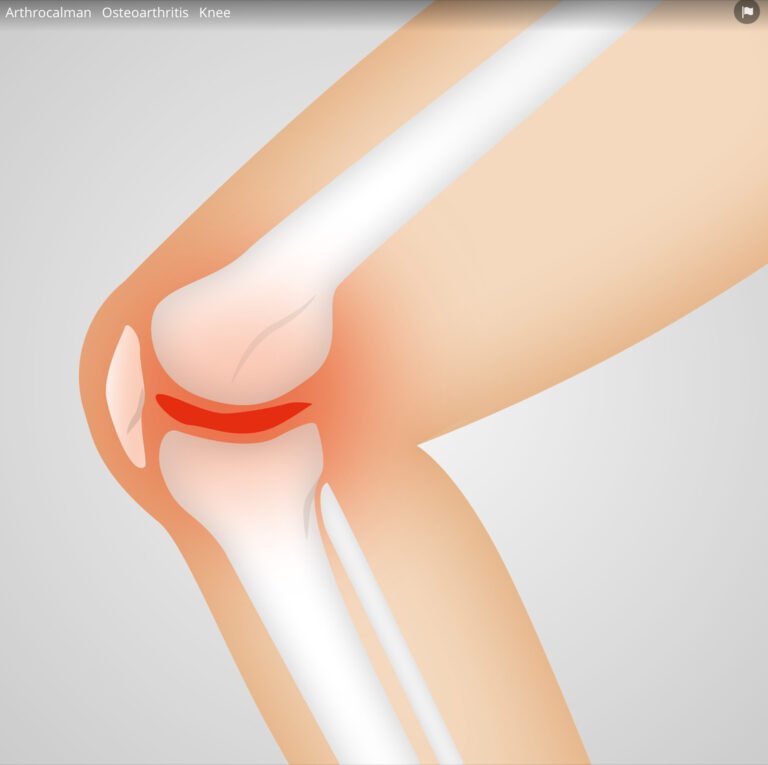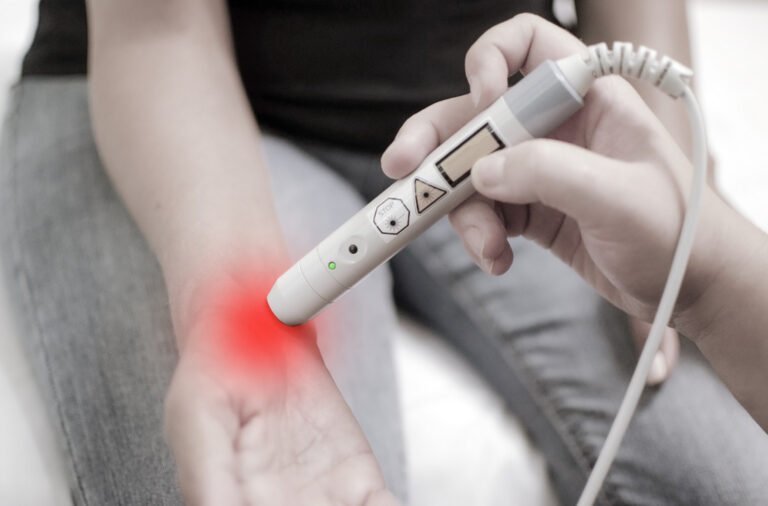What is caffeine?
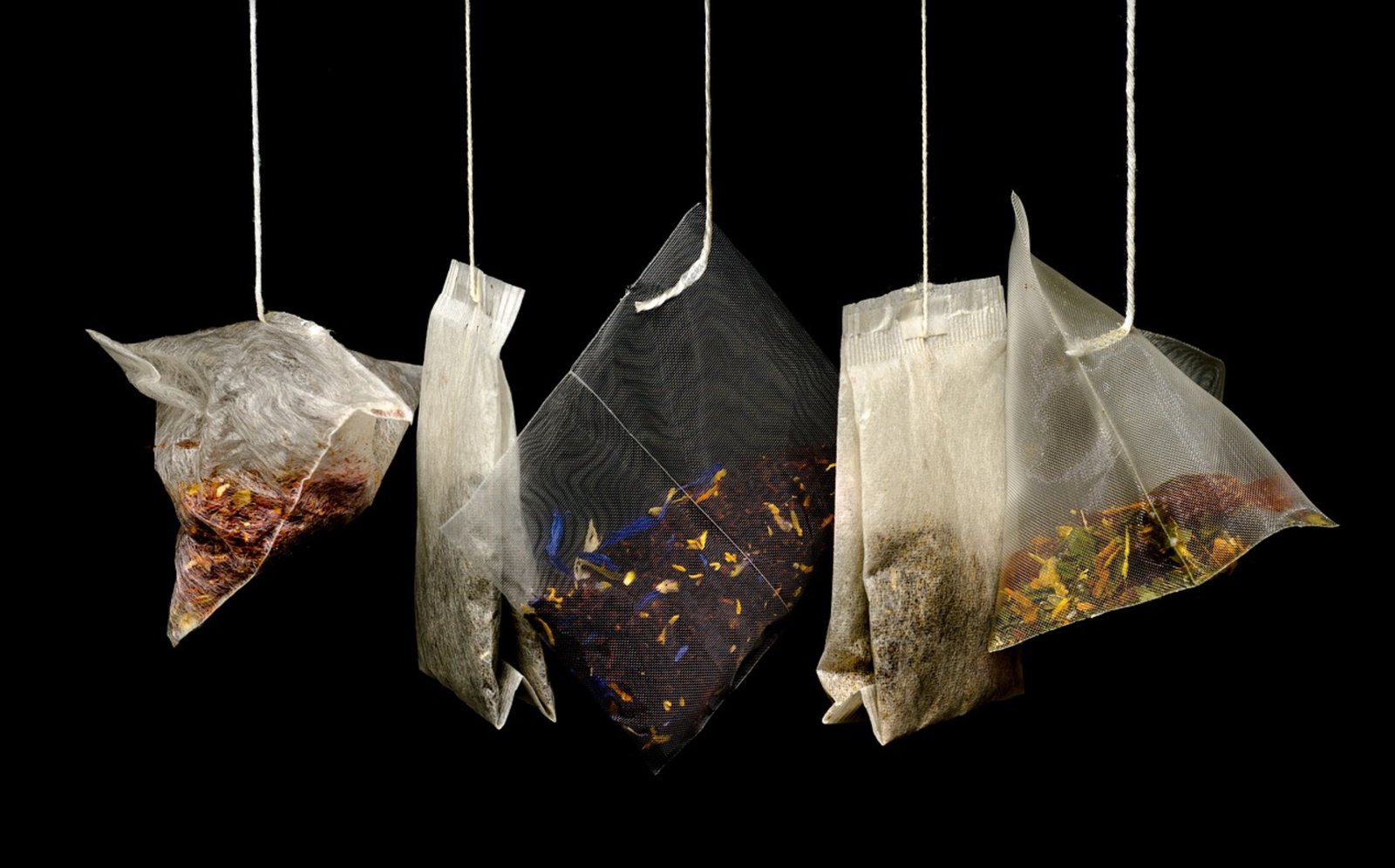
Where is caffeine found? And how does caffeine work in the body?

What is caffeine?
Caffeine is one of the bitter naturally occurring substances and stimulants. Caffeine is counted as a stimulant or drug because it can increase the activity of the nervous system and the brain. It also increases the circulation of adrenaline, cortisol, and some other chemicals in the body. Caffeine is found naturally in the leaves and fruit of almost 60 different plants or more (Department of Health & Human Services, 2000).
Caffeine is found in many well-known and loved foods and drinks that many people can be easily addicted to. su
caffeine can be founding the following sources:
- Coffee beans are used to make different coffee drinks, lattes, cappuccinos, etc …
- Soft drinks
- Energy drinks (have more caffeine and sugar than soft drinks)
- Black and green tea leaves and tea drinks
- Cocoa beans, and Cacao pods, which are used to make chocolate products and cocoa drinks
- Kola nuts, which are used to flavor soft drink colas
- Slimming tablets
- Some additives to energy drinks such as Guarana which is a natural source of caffeine
In addition to caffeine in plants, there is man-made caffeine as well (synthetic caffeine) added to a variety of foods, medicines, or drinks (Department of Health & Human Services, 2000).
For example:
- Cold medicine
- Alertness drugs or over-the-counter medicine
- Some pain relievers
- A variety of processed or man-made food
- Many energy-boosting snacks
- Energy drinks
- Energy boosting gums
How does Caffeine Work?
Caffeine is a stimulant which means it increases the activity of the nervous system and the brain. It is a psychoactive substance (material or ingredient) that is largely consumed throughout the world. It helps people stay awake, alerted, focused, and refreshed by inhibiting a neurotransmitter (chemical messenger) called adenosine which helps the person to sleep.
Neurotransmitters are chemical substances in the human body that act as messengers and are very important for the body to function properly. The job of the neurotransmitters is to deliver chemical messages (signals) from one nerve cell (neuron) to the target cell which could be a muscle, gland, or another nerve cell (Betts et al., 2013)
The effect of caffeine usually lasts from 4 to 6 hours depending on the concentration of the caffeine, and also, on the mental status of the person who consumes it.
Caffeine works on the body as follows:
- Stimulate the activity of the brain and nervous system
- Help people stay awake and alert by inhibiting a neurotransmitter (chemical messenger) called adenosine which helps the person to sleep. A neurotransmitter is a chemical substance that acts as a messenger that delivers chemical messages to other organs or parts of the body.
- Increase the production of dopamine and norepinephrine which are the neurotransmitter responsible for the surviving reflect of the person in case of emergency (fight or flight response)
- Increase some chemical activity and circulation in the body such as dopamine and cortisol
- Can keep the person focused and refreshed if consumed in small amounts
- Caffeine is a diuretic substance that increases urination
- Caffeine is a diuretic substance that can increase urination and get rid of extra salt and water when consumed in small or moderate amounts
- Caffeine reaches its highest level in the blood within one hour after eating or drinking it and the effect last for 4 to 6 hours thereafter
As a result of the above activities of caffeine, caffeine can improve a person’s mood, energy, physical activity, and performance as well as improve mental alertness and awakeness (Department of Health & Human Services, 2000).
The side effects of caffeine

Caffeine can cause restlessness or inability to sleep if consumed in a large amount
As noted above, caffeine counts as a stimulant or drug which increases the activity of the brain and the nervous system. Therefore, it can cause negative effects if consumed in larger amounts than recommended. Caffeine reaches its highest level in the blood within one hour after eating or drinking it and the effect lasts for 4 to 6 hours thereafter (Department of Health & Human Services, 2000).
Caffeine can cause the following:
- insomnia (inability to sleep)
- Jitters (increased nervousness)
- anxiety (concern, worry, or restlessness)
- Shakiness or dizziness
- This can lead to addiction or dependency which can increase the person’s need to consume more and more similar to other drugs with the same effect on the body
- Increases urination, therefore increasing loss of more water and salt from the body which might cause dehydration if consumed in large amounts
- Can cause the stomach to release more acid which might lead to heartburn or upset stomach
- It can interfere with or cause a lack of calcium absorption in the body
- Can increase blood pressure and heart rate
(Department of Health & Human Services, 2000)
How much caffeine is found in different drinks?
The Department of Health & Human Services states that the amount of caffeine the person consumes a day depends on the source of the caffeine, the frequent consumption a day, and the quantity or size of what is consumed. Caffeine reaches its highest level in the blood within one hour after eating or drinking it and the effect last for 4 to 6 hours thereafter.
In general, up to 400mg (about 14 oz) a day does not count as harmful to the majority of people. But some people are more sensitive to the amount of caffeine they consume or they may have other health complications. For this reason, each individual should always be aware of any abnormal effects that happened when eating or drinking anything including caffeine.
The amount of caffeine found in some of the popular drinks is shown in Table 1
| The drink and its size | Caffeine amount |
|---|---|
| 8-ounce cup of coffee | 95-200 mg |
| 12-ounce can of cola | 35-45 mg |
| 8-ounce energy drink | 70-100 mg |
| 8-ounce cup of tea | 14-60 mg |
References
Betts, J. G., Korol, O., Jonhson, J. E., Johnson, E., Desaix, P., Young, K. A., Mark Womble, Wise, J. A., Poe, B., & Kruse, D. (2013). Anatomy & Physiology. OpenStax College, Rice University.
Department of Health & Human Services. (2000, June 14). Caffeine. Better Health Channel. Retrieved January 6, 2023, from https://www.betterhealth.vic.gov.au/health/healthyliving/caffeine
Neurotransmitters: What they are, functions & types. Cleveland Clinic. (n.d.). Retrieved January 7, 2023, from https://my.clevelandclinic.org/health/articles/22513-neurotransmitters#:~:text=What%20are%20neurotransmitters%3F,muscle%20cell%20or%20a%20gland.
